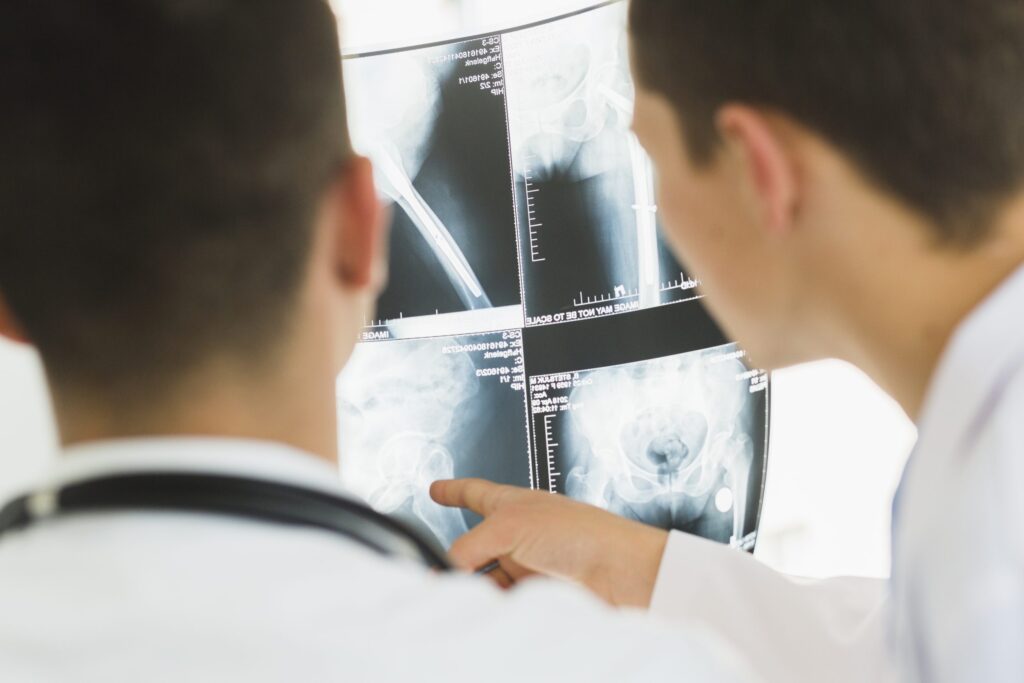Choose your cookie preferences. To provide the best experiences, we use cookies, among other things, to store and/or access device information. By consenting to these cookies we can process certain data on this site. If you do not give permission, this may have a negative effect on the operation.
The technical storage or access is strictly necessary for the legitimate purpose of enabling the use of a specific service expressly requested by the subscriber or user, or for the sole purpose of carrying out the transmission of a communication via an electronic communications network.
The technical storage or access used solely for statistical purposes.
The technical storage or access is required to create user profiles to send advertisements, or to track the user on a website or across multiple websites for similar marketing purposes.

